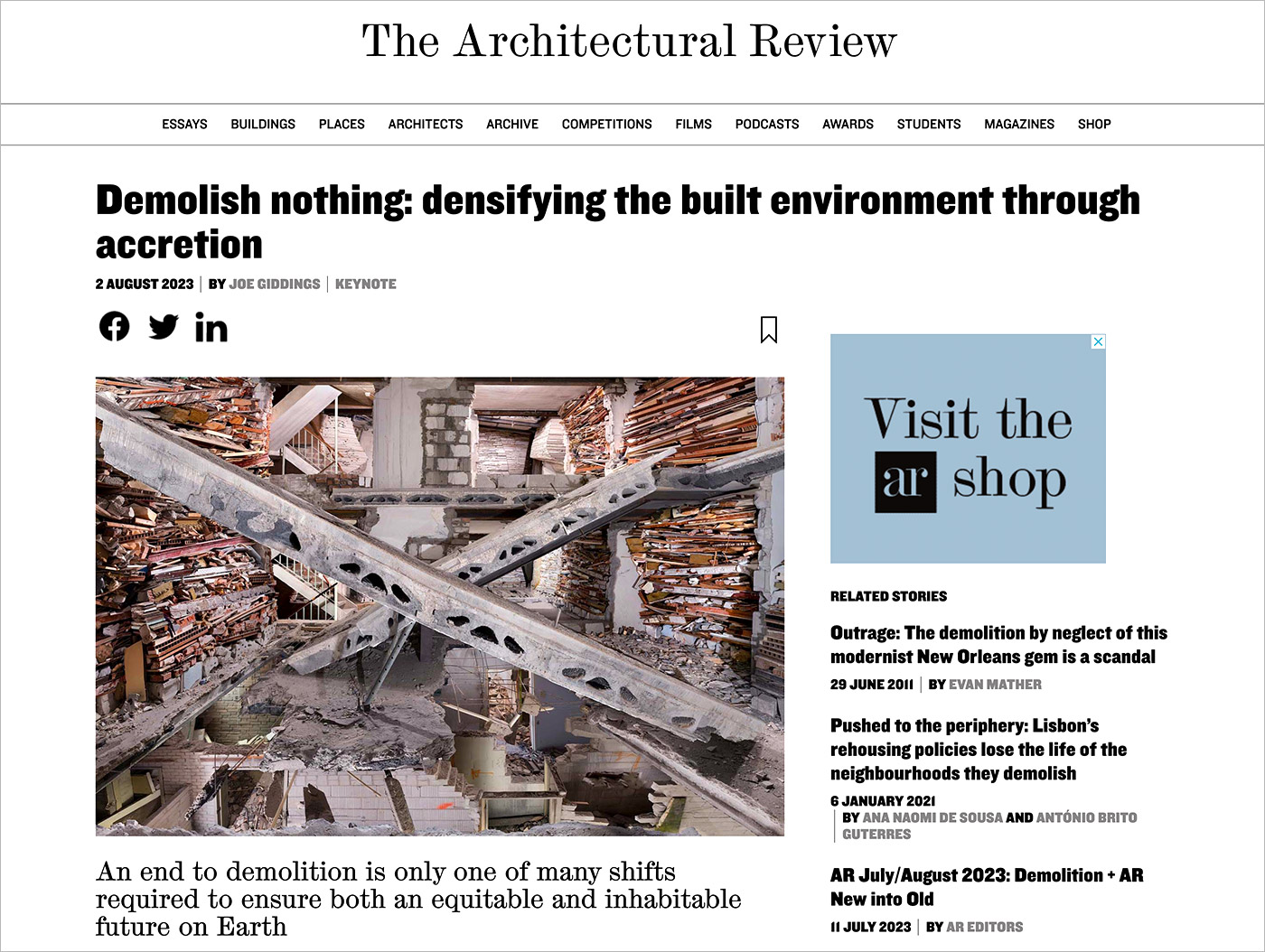What’s really needed is system change
Giddings argues that a global paradigm shift in the construction industry is needed if we are to reach embodied carbon emission targets in just over 25 years — “a move away from market‑driven logic … towards a regenerative, circular paradigm”. He points out that “fully new construction will have to be rare”.
Getting to that point involves all of us. Some individual developers are going for it now, making a stand. And when the numbers support it, reuse of structures and materials is a no-brainer. But, Kelly asks, “When the numbers don’t show viability, should developers have to foot the bill? What’s really needed is system change.”
“Every project needs thorough investigation in relation to embodied carbon, cost, programme, risk and value … before it gets planning permission and the ‘right’ answer is settled upon. In the UK, VAT rules need to change, users and agents need to understand where the value can be, economic models need adaptation, and insurers and designers need to speak the same language in terms of risk.”
When the money does stack up, which the market is going to have to make happen soon, we can already get very close to the 2045 structural embodied carbon targets. And that’s not counting all the developments we are undertaking that involve end-of-life reuse of engineered timber, which is when creating carbon stores on top of our existing building stock — as advocated by Giddings (and Whitby Wood) — really starts to mean something …
The Architectural Review
2 August 2023
Demolish Nothing: densifying the built environment through accretion
by Joe Giddings


